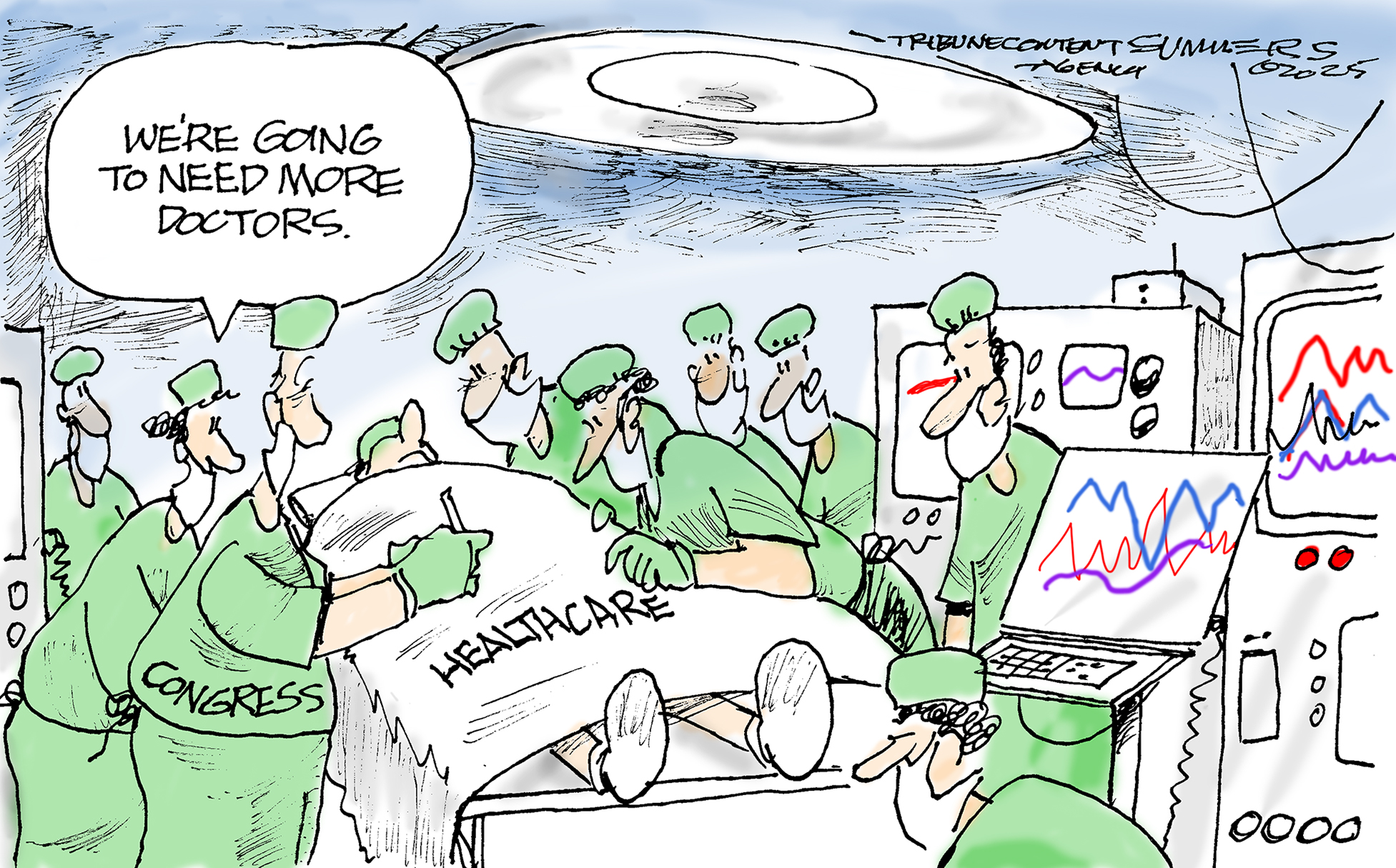Also of interest...in weird scientists
Adventures in the Orgasmatron by Christopher Turner; How the Hippies Saved Physics by David Kaiser; Medical Muses by Asti Hustvedt; Edward Bancroft: Scientist, Author, Spy by Thomas J. Schaeper
Adventures in the Orgasmatron
by Christopher Turner
(Farrar, Straus & Giroux, $35)
The Week
Escape your echo chamber. Get the facts behind the news, plus analysis from multiple perspectives.

Sign up for The Week's Free Newsletters
From our morning news briefing to a weekly Good News Newsletter, get the best of The Week delivered directly to your inbox.
From our morning news briefing to a weekly Good News Newsletter, get the best of The Week delivered directly to your inbox.
The “unhinged” but influential psychiatrist Wilhelm Reich was a fascinating character, said Michael Washburn in the San Francisco Chronicle. A prophet of the “apocalyptic orgasm,” which he believed to be a cure for everything from illness to fascism, the Austrian-born Freud acolyte counseled his followers to climb into metal-lined boxes in order to accumulate “orgone,” an imaginary particle said to enhance orgasmic potency. The Reich we meet here is a “maestro of crackpot science.”
How the Hippies Saved Physics
by David Kaiser
(Norton, $27)
A free daily email with the biggest news stories of the day – and the best features from TheWeek.com
“It’s rare to find quantum physics mentioned in the same breath with sex, drugs, and rock ’n’ roll,” said John Gribbin in The Wall Street Journal. David Kaiser’s new book makes the connection by chronicling a quartet of acid-dropping physics professors who in the 1970s made valuable contributions to the quantum concept known as entanglement. Kaiser exaggerates his heroes’ influence on mainstream physics, but his “romantic tale” of scientific revolution makes a rollicking read.
Medical Muses
by Asti Hustvedt
(Norton, $27)
This “consistently enthralling” book tracks the quest of a 19th-century French doctor to uncover the causes of female hysteria, said Kathryn Harrison in The New York Times. “As much showman as physician,” Jean-Martin Charcot drew crowds by using hypnosis to induce symptoms in his patients, whom he then treated with various implements of torture. Weighing which aspects of hysteria were real, Asti Hustvedt shows it’s a “chicken-and-egg” question whether the misogyny came first.
Edward Bancroft: Scientist, Author, Spy
by Thomas J. Schaeper
(Yale, $35)
The name Edward Bancroft probably won’t ring any bells except among scholars, said Jack Rakove in The New Republic. Thomas J. Schaeper’s “model biography” seeks to change that by shedding light on one of the more colorful and overlooked figures of the Revolutionary era. Bancroft achieved renown as a scientist, spending years in Dutch Guiana observing flora and fauna, notably the habits of electric eels. He achieved infamy, however, as a wartime traitor who spied for the British.
-
 Political cartoons for December 13
Political cartoons for December 13Cartoons Saturday's political cartoons include saving healthcare, the affordability crisis, and more
-
 Farage’s £9m windfall: will it smooth his path to power?
Farage’s £9m windfall: will it smooth his path to power?In Depth The record donation has come amidst rumours of collaboration with the Conservatives and allegations of racism in Farage's school days
-
 The issue dividing Israel: ultra-Orthodox draft dodgers
The issue dividing Israel: ultra-Orthodox draft dodgersIn the Spotlight A new bill has solidified the community’s ‘draft evasion’ stance, with this issue becoming the country’s ‘greatest internal security threat’
-
Also of interest...in picture books for grown-ups
feature How About Never—Is Never Good for You?; The Undertaking of Lily Chen; Meanwhile, in San Francisco; The Portlandia Activity Book
-
Author of the week: Karen Russell
feature Karen Russell could use a rest.
-
The Double Life of Paul de Man by Evelyn Barish
feature Evelyn Barish “has an amazing tale to tell” about the Belgian-born intellectual who enthralled a generation of students and academic colleagues.
-
Book of the week: Flash Boys: A Wall Street Revolt by Michael Lewis
feature Michael Lewis's description of how high-frequency traders use lightning-fast computers to their advantage is “guaranteed to make blood boil.”
-
Also of interest...in creative rebellion
feature A Man Called Destruction; Rebel Music; American Fun; The Scarlet Sisters
-
Author of the week: Susanna Kaysen
feature For a famous memoirist, Susanna Kaysen is highly ambivalent about sharing details about her life.
-
You Must Remember This: Life and Style in Hollywood’s Golden Age by Robert Wagner
feature Robert Wagner “seems to have known anybody who was anybody in Hollywood.”
-
Book of the week: Astoria: John Jacob Astor and Thomas Jefferson’s Lost Pacific Empire by Peter Stark
feature The tale of Astoria’s rise and fall turns out to be “as exciting as anything in American history.”